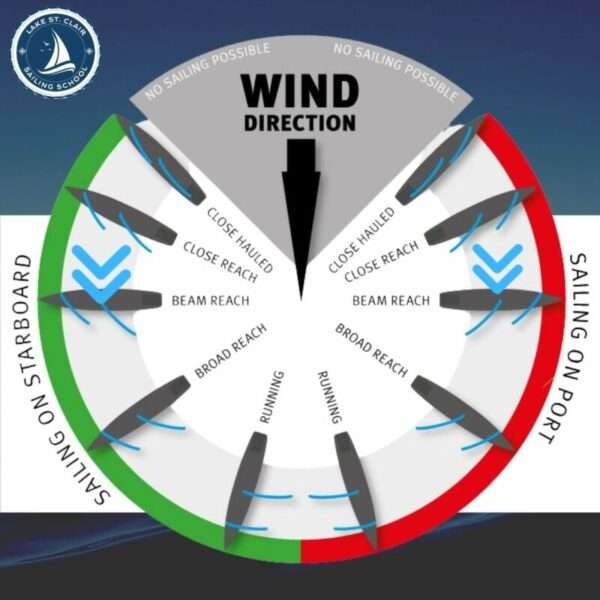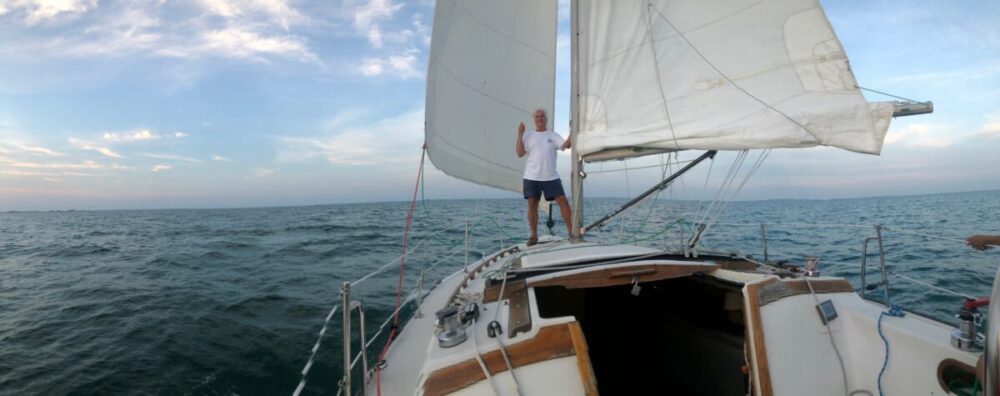Points of Sail
The term Points of Sail describes the direction a sailboat is traveling relative to the wind. Mastering these is key to sailing efficiently and safely. Here’s a breakdown: In Irons (Head to Wind Wind angle: 0° (wind is blowing directly over the bow). Description: The boat is pointed directly into the wind, and the sails luff (flap). The boat loses momentum and cannot steer. Tip: Turn the bow through the wind (tack) to regain power in the sails. Close-Hauled (Beating) Wind angle: 30–45° (wind comes from slightly forward of the beam). Description: Sailing as close to the wind as possible. Sails are pulled in tightly (trimmed), and the boat heels (leans) significantly. Tip:…





